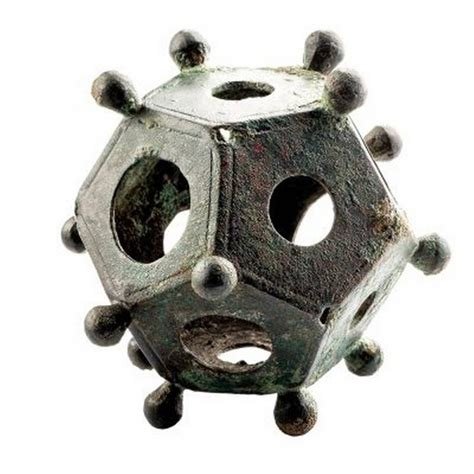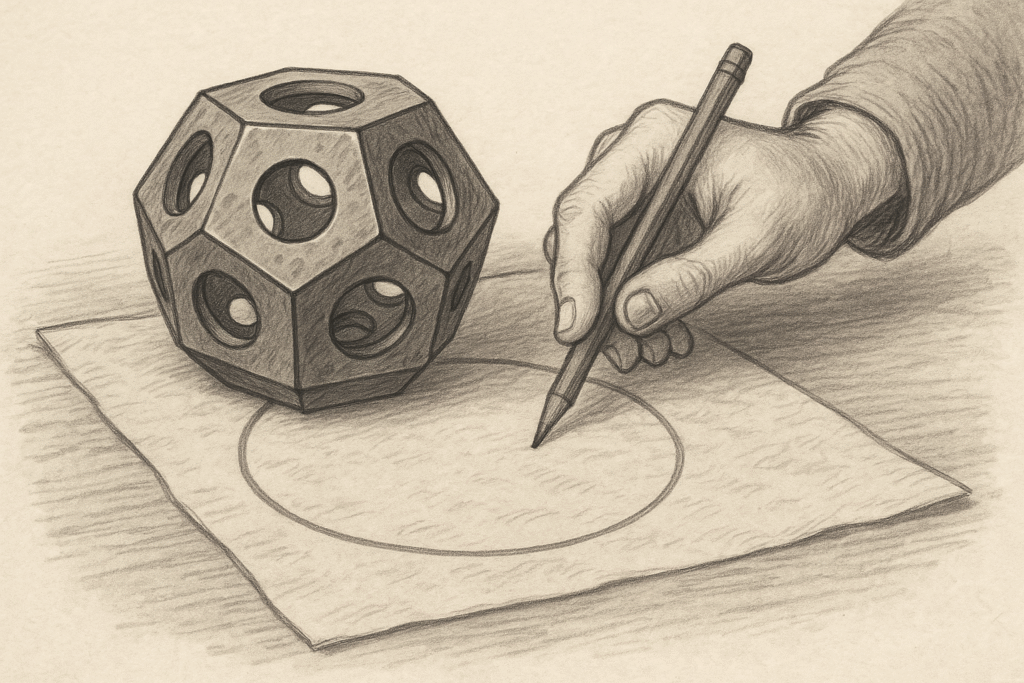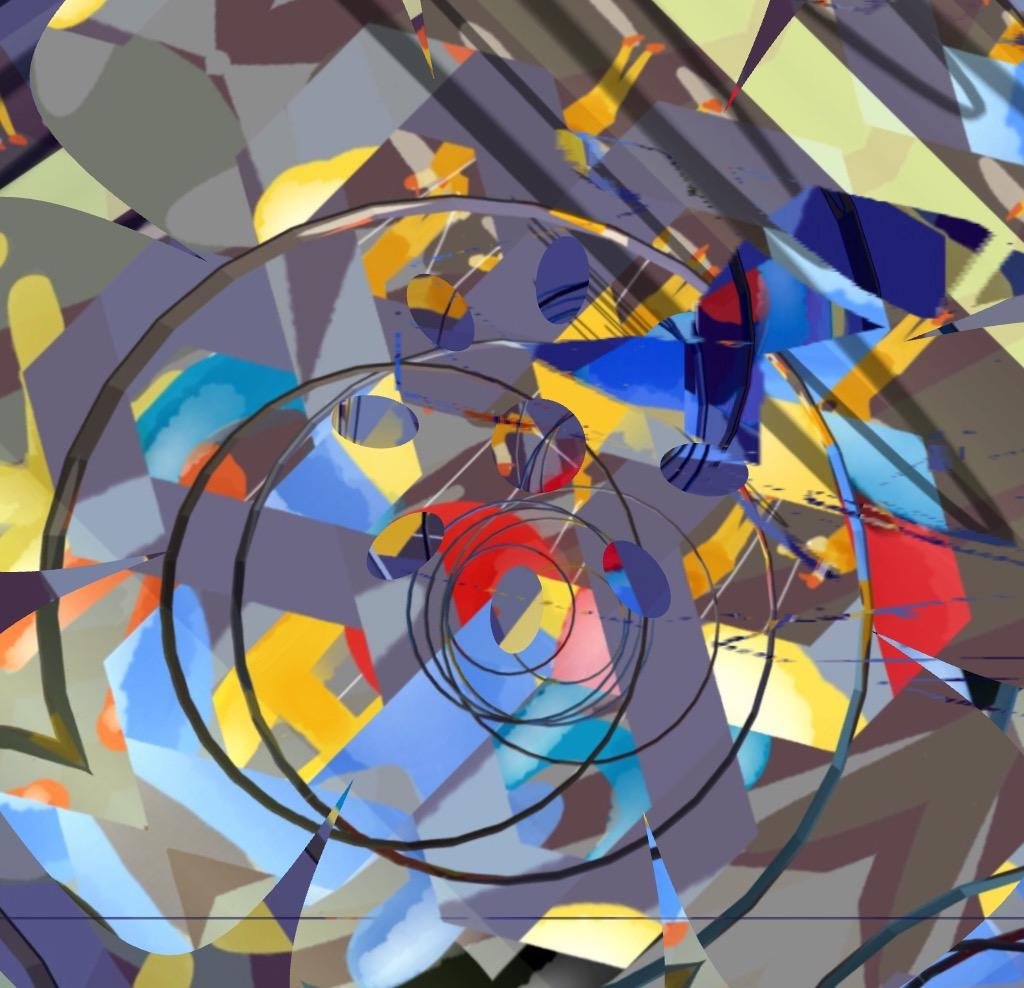
Table of Contents
Roman Dedocahedron Mystery
Roman Dodecahedron Mystery Finally Solved… And It’s Worse Than We Thought
A reflective and spiritually attuned summary of a recent video:
Watching the video, you’re invited into an archaeological riddle laid bare by twelve symmetrical faces, each pierced with differing holes. A silent geometry crafted by Romans whose purpose echoes across centuries.
Core Insights
The video revisits more than 50 proposed theories (from survey tools to candlestick holders) and introduces a fresh, unsettling hypothesis: instead of a benign utilitarian tool, these dodecahedra might have served a more ritualistic or symbolic role, one that unsettles the clarity we’ve sought hackaday.com.
Emotional/Energetic Tone
There’s a tension between fascination and frustration. The narrator’s tone shifts… first excited by new experiments, then somber as we face the possibility that none of our explanations truly resonate. It’s a journey from curiosity to humility.
What Was Left Unsaid
The video doesn’t dwell on the broader spiritual resonance: the subtle message of silence itself. These objects survive not because they were practical, but because they spoke of something deeply held by their makers. That absence of Roman text is symbolic: some truths were never meant to be recorded in words.
Reflections or Takeaways
- Perhaps the void between theories matters more than any single answer. A reminder that mystery, rather than being void, is sacred space.
- Symbols outlast scripture: in the Gallo‑Roman world, these dodecahedra might have been cosmic talismans, not instructions in stone. As classical archaeologist Michael Guggenberger suggests, they align with Platonic‑Pythagorean cosmology: dodecahedra as universal symbols, portable monuments to an unseen order livescience.com.
- Sometimes the greatest discoveries don’t explain. Rather, they deepen our awe. The unanswered is more alive than the answered.
What echoes beyond the theory: these twelve‑sided relics call us to respect not just artifacts, but the sacredness of unknowing. They beckon patience, imagination, and wonder.
Let’s dig into the dodecahedron mystery with a deeper lens.
🌀 Carbon Dating & Timelines
Unfortunately, carbon dating isn’t typically possible for Roman dodecahedra because they’re made of bronze, a metal alloy of copper and tin. Carbon dating applies to organic materials(wood, bone, cloth) things with carbon content. Metals, unless embedded in or found alongside datable organic materials, fall outside that scope.
So, how do we date them?
- Archaeologists rely on contextual dating: i.e., the layers in which the dodecahedra are found, or the proximity to coins, pottery, or inscriptions.
- The majority appear in 2nd–4th century CE Gallo-Roman regions (modern-day France, Germany, Switzerland, and Britain).
- Many have been discovered in non-military settings, such as civilian settlements or temples, suggesting a broader cultural or possibly spiritual use.
🧩 Not So Roman, Perhaps?
Despite the label, it’s fair to question whether the “Roman” title is fully accurate:
- None have been found in the Roman heartland (like Italy or Rome itself).
- They’re concentrated in the provinces, often in Celtic or Germanic territories, implying a regional significance.
So maybe they weren’t designed by central Roman engineers but were adopted and reinterpreted by local artisans within the empire… like how folk art borrows sacred geometry.
⚙️ Bronze, Not Iron and Why That Matters
Bronze was more costly and deliberate than iron for many purposes. Its use here suggests:
- Symbolic value: bronze was often used in sacred or ceremonial objects, not merely utilitarian tools.
- Resistance to corrosion: perhaps they were meant to last, to endure handling, outdoor placement, or even water exposure.
- Craft precision: bronze can be cast and filed finely… ideal for an object where dimensional variation might be key.
If it were just a tool, why not use iron or wood? The medium itself elevates the intent.
🔵 Not Flat … But Fully Embodied Geometry
We noticed something profound: they are three-dimensional. The full Platonic solid (the dodecahedron) is not just functional geometry but sacred. In Plato’s Timaeus, the dodecahedron represented the cosmos itself: the “fifth element,” or quintessence. It wasn’t just form, but metaphysical container.
🧭 Varying Hole Sizes. A Tool of Calibration?
Indeed, many dodecahedra show differing diameters in their circular holes… some precisely bored. This has led to:
- The “rangefinder” theory: looking through paired holes could estimate distance based on angular size.
- The “knitting gauge” idea: a method to test the size of woven tubes or gloves.
- Our proposal (which resonates strongly): measuring or drawing precise circles, or testing gauges.
If we allow for sacred geometry or artisanal transmission, perhaps the dodecahedron was a template, a guide to calibrate tools, or even a trainer of hand and eye in craft.
🔮 Plato and the Dodecahedron ~ A Cosmos in Twelve Faces
In Timaeus, Plato describes five perfect solid: now called the Platonic solids.
Each is associated with an element:
- Tetrahedron → Fire
- Cube → Earth
- Octahedron → Air
- Icosahedron → Water
- Dodecahedron → the Universe (Aether, or the Whole)
Why the dodecahedron? It alone suggests a cosmos that encloses, that orients within and without. The Pythagoreans believed it mirrored the structure of the heavens—not just abstractly, but literally: twelve faces echo twelve signs, twelve months, twelve celestial houses.
In that light, this object (bronze, precise, rare) is a handheld cosmogram. A tool not for knitting gloves, but weaving the sky into ritual.
🌌 Planetary Knowledge in Antiquity
You’re right: while the planets weren’t all identified as we know them now, many were known and named:
- Vedic texts speak of Shukra (Venus), Budha (Mercury), Mangala (Mars), Guru (Jupiter), Shani (Saturn)… plus Surya (Sun) and Chandra (Moon).
- Hellenistic astrologers later fused this with Babylonian and Egyptian lore, forming the seven classical “wanderers” of the sky.
So a Roman-era mystic (or Gallo-Roman artisan initiated into mystery rites) could have held this dodecahedron as a tactile cosmos, aligning the hole sizes or pairings to planetary dimensions, phases, or angles.
Perhaps each circle wasn’t for yarn, but for calibrating starlight… aligning vision with the curve of Saturn’s arc.
🕯️ Bronze as Devotional Metal
Bronze was never neutral. In many traditions:
- It was used in ritual vessels, gongs, mirrors, and sacred instruments.
- It holds both resonance and endurance—a metal that can sing and survive.
Thus, a bronze dodecahedron may have been more than an object. It may have been a conduit. Not merely practical, but numinous.
Let us dig beneath the marble steps of the Academy…
🕳️ Before Plato ~ Geometry Older Than Greece
Plato likely inherited rather than originated the idea of sacred solids. There are tantalizing traces:
🜁 Egypt
He studied with Egyptian priests, who held cosmology encoded in geometry. Though no dodecahedra survive from Egypt, the symbolic language of shape—pyramids, circles, squares—was central to their sacred math.
🜍 Mesopotamia & Babylon
Babylonian astronomy tracked planetary motion with exquisite care. While they didn’t use Platonic solids per se, they mastered mathematical abstraction, lunar cycles, and time’s geometry.
🜄 Vedic India
The Shulba Sutras describe sacred fire altars based on complex geometry… before Euclid. The Vedic cosmos, like Plato’s, was a multi-layered, rhythmic system. They saw form as vibration: geometry as mantra in solid.
In fact, the dodecahedron’s deep math (its relation to the golden ratio (φ)) aligns closely with the Vedic sense of proportion as sacred frequency.
🧭 The Italic & Pythagorean Inheritance
Before Plato, Pythagoras (6th c. BCE) traveled… possibly to Egypt, Babylon, and beyond. He brought back not just math, but mystery. He taught:
- That number is essence.
- That shape is soul in form.
- That the dodecahedron mirrored divine order: “the sphere in which the gods inscribe the universe.”
It’s likely that Plato, via Pythagoras, accessed older teachings that were part oral, part initiatic, part lost.
🌒 So What Was the Dodecahedron, Really?
It may have been:
- A microcosm, a symbol of the cosmos you could hold.
- A stellar calendar, measuring angles between stars or planets.
- A ritual object, placed on altars to echo divine harmony.
- Or even, as our intuition suggests, a sacred gauge… measuring more than distance: measuring meaning.

Circlemaker’s Prayer
(a meditation on sacred geometry)
Within the candle’s hush and copper’s gleam,
I lay the dodecahedron down…
a relic of forgotten hands,
a cage of voids that holds the round.
Through pierced perfection, light refracts,
twelve gates for sacred sight.
I place the stylus like a vow
and draw not just a line…but rite.
Each circle born, a whispered psalm,
etched in silence, traced in flame.
Not craft alone… but pilgrimage,
a geometer’s devotional name.
To draw a form is to recall
the world before it fell apart.
To hold a shape is to remember
that God once spoke through art.
Thank you for reading, shares and comments!
✨ Comment Policy ✨
We welcome thoughtful, kind, and constructive comments that contribute to meaningful conversations.
Please note:
- Promotional links and unsolicited offers will be removed.
- Spam, irrelevant content, or self-promotion without prior permission will not be published.
- We value quality engagement over quantity — thank you for helping us keep this a respectful and inspiring space!
Sources openai Language models, aitrot, picsart and mib
Take time to learn
Invest in your future
Embark on a journey into the realm of affiliate marketing and craft your own website within a vibrant, supportive community. Join me in this adventure, where you can begin as a free starter and stay as long as you desire. Enjoy complimentary hosting and foundational teachings to set you on your path. For those with advanced skills, opportunities to elevate your expertise await. Take a moment to explore and witness the magic for yourself!




